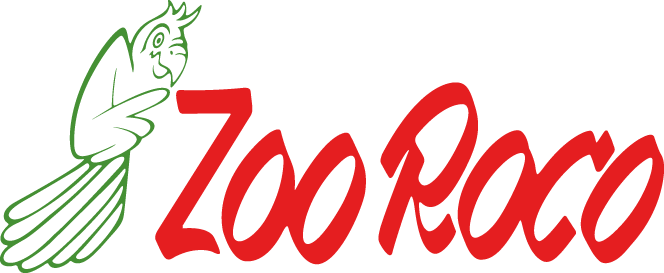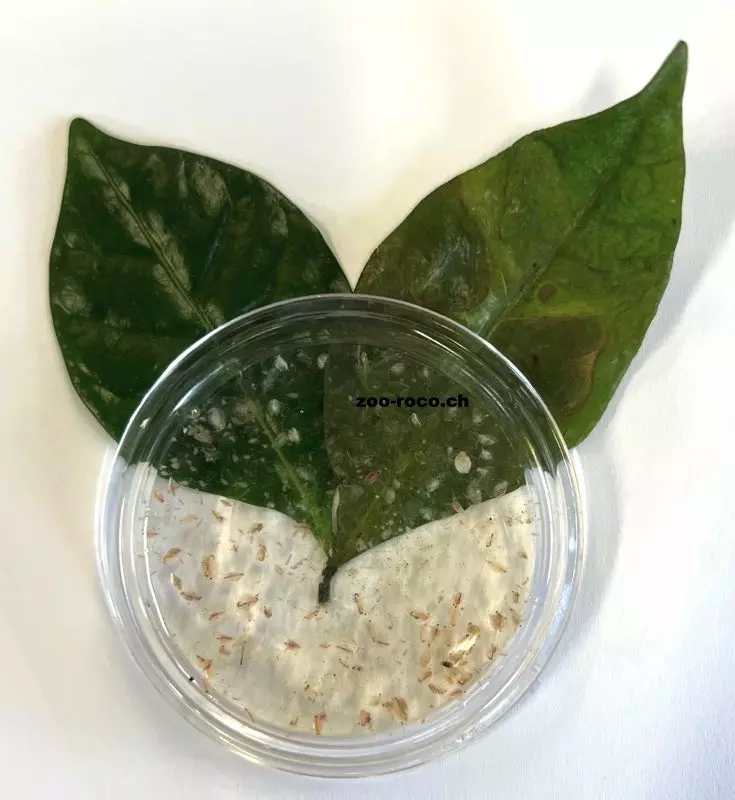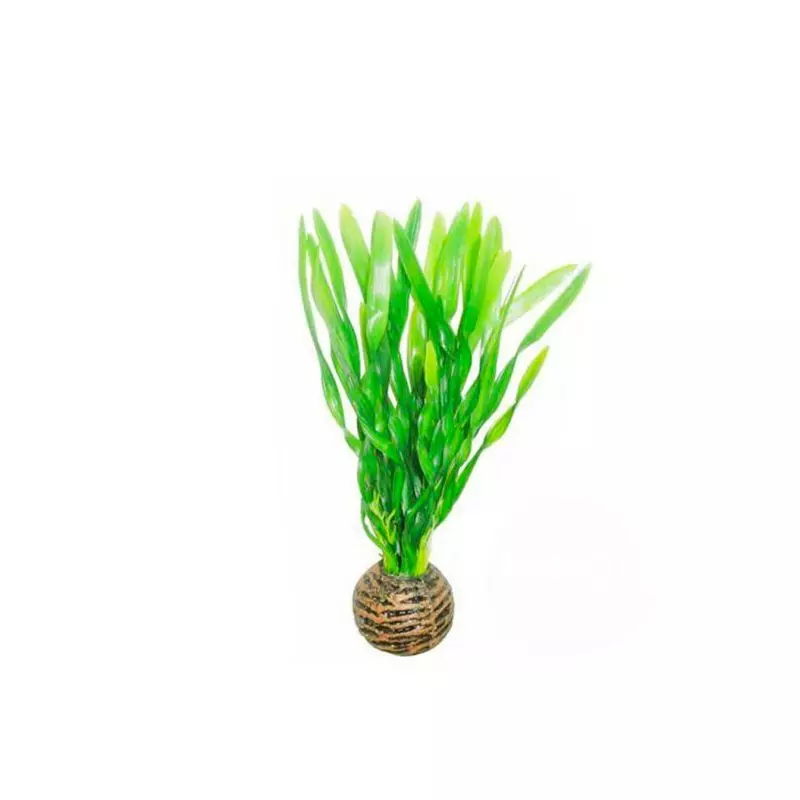

| Quantity | Unit price |
|---|---|
| To 4 |
CHF 11.90
|
| From 5 |
CHF 10.50
|
Stock: 0
Available in 1-3 days, acquisition time 14 days

Vallisneria australis Gigantea (Riesen-Sumpfschraube)
| max. Wuchshöhe | - 200 cm | Herkunftsland | Australien |
|---|---|---|---|
| Eignung | Barschaquarium, Diskusaquarium, Gesellschaftsaquarium | Typ | Rosettenpflanze |
| Familie | Hydrocharitaceae | Gattung | Vallisneria |
| Vermehrung | Ausläufer | Wuchsgeschwindigkeit | mittel |
| pH | 6 - 9 | Wasserhärte | 25 - 30 °dh |
| Hinweise | |||
Die Riesenvallisnerie ist eine sehr variable Wasserpflanze, die in Australien beheimatet ist. Ihre langen, schmalen Blätter können bei guten Bedingungen gigantische Ausmaße annehmen, Blattlängen bis 3 m sind keine Seltenheit. Sehr beliebt ist die Riesenvallisnerie bei Diskus-Aquarien und Aquarien für die ostafrikanischen Buntbarsche aus dem Malawi- und Tanganjikasee. Diese Fische benötigen härteres Wasser, was allerdings für viele Pflanzen problematisch ist. Die Vallisneria australis ´Giganta´ jedoch bevorzugt diese Wasserwerte.
| Aquarium: | Community aquarium, Perch aquarium |
|---|---|
| Genus: | Vallisneria |
| Growth: | medium |
| Origin: | Australia |
| Properties: | Rosette plants |
| Stand: | In the background |
0 of 0 reviews
Login
Customers also bought
Similar products
Customers also viewed






















